$289.97 Original price was: $289.97.$97.99Current price is: $97.99.
SKU: D2LSC 8311327999 Categories: HOT SALE, TOPIARY PLANTS
- Free Shipping Worldwide
- Multiple payment options for secure shopping with SSL
- The best quality products, always.
- Multiple payment methods, safe and reliable

Spiral Dwarf Alberta Spruce
Picea glauca
Plant Details
USDA Plant Hardiness Zones: 3a-8a Find Your Zone
Plant Type: Coniferous Evergreen Tree
Height at Maturity: 4-8′ depending on pruning
Width at Maturity: 1-2′ depending on pruning
Spacing: 5′ apart for spaced groupings
Spacing: 5′ apart for spaced groupings
Growth Habit / Form: Dense, Pyramidal, Upright, Spiral Form
Growth Rate: Slow
Foliage Color: Blue-Green
Fragrant Foliage: Yes
Sun Needs: Full Sun or Mostly Sun, Afternoon Shade or Filtered Sun in Zones 7b and 8a
Water Needs: Average, low when established
Soil Type: Clay (well-drained), Loam, Sandy, Silt
Soil Drainage: Moist But Well Drained; Drought tolerant when established
Soil pH: 6.0 – 7.5
Maintenance / Care: Very Low
Attracts: Visual Attention
Resistances: Severe Cold (-40F), Deer – more info, Disease, Drought (when established), Insect
Description
This is the spiral topiary form of the Dwarf Alberta Spruce, Picea glauca ‘Conica’. Because it’s so slow growing (2 to 4 inches per year) it requires very little maintenance to maintain its spiral form. all live spiral topiary plants. One light trimming per year is all that’s needed. The shape and the bright blue-green needles densely packed along the branches add year round interest to any garden bed or container. Use one as a focal point specimen or accent tree in small spaces, two to frame an entryway or three in a grouping where space allows.
Landscape & Garden Uses
The Spiral Dwarf Alberta Spruce is most useful as a focal point specimen, in groupings, or to accentuate or frame an entryway. Its smaller size and slow rate of growth lends well to smaller garden spaces and container gardens. A fine addition to conifer gardens, formal gardens and topiary gardens.
Suggested Spacing: 5 feet apart for space between plants
Growing Preferences
The Dwarf Alberta Spruce is easy to grow in most any moist but well-drained soil of average fertility and a pH ranging between 6.0 and 7.5 on the pH scale. As with so many other conifers, constantly soggy or wet soils can be problematic; leading to root rot or other harmful plant diseases. So make sure to plant this one in well-drained soil, whether in the ground or in pots. It is quite drought tolerant when established. In pots, soil moisture will need to be monitored more closely, especially during summer. When the top two inches of soil is dry provide water. When planting in containers, choose a container with a drainage hole(s) and use a quality potting soil or potting mix, or a 50/50 mix thereof. To prevent roots and soil matter from stopping up the drainage holes it’s a good idea to line the interior of the pot with a porous landscape fabric. It grows best in full sun however in Zones 7b and 8a in the hot south it will prefer some shade or filtered sun during the middle of the afternoon.
Note: In Zones 7b and 8a the Alberta Spruce does better in the ground than in pots so that its roots are not exposed to the hot air temperatures and would also prefer some shade or filtered sun in the afternoon hours.
Average Trimmings Per Year: One trimming annually after new growth has fully emerged in spring. At this time the new growth can be trimmed back by half its length.
See: How To Trim A Topiary Plant
Note: Find helpful advice from our experts under the Planting & Care tab above on desktop monitors or below on mobile devices.
Plant Long & Prosper!
Meet The Wilson Brothers & Staff
Questions? Contact Us!
Be the first to review “Spiral Dwarf Alberta Spruce Topiary – 7 Gallon Pot” Cancel reply
Related products
New
New
GROUNDCOVER PLANTS
New
New
New
New
FRUIT TREES & PLANTS
American Persimmon Tree – Diospyros Virginiana – 3 Gallon Pot
New
New

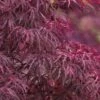
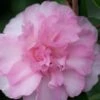


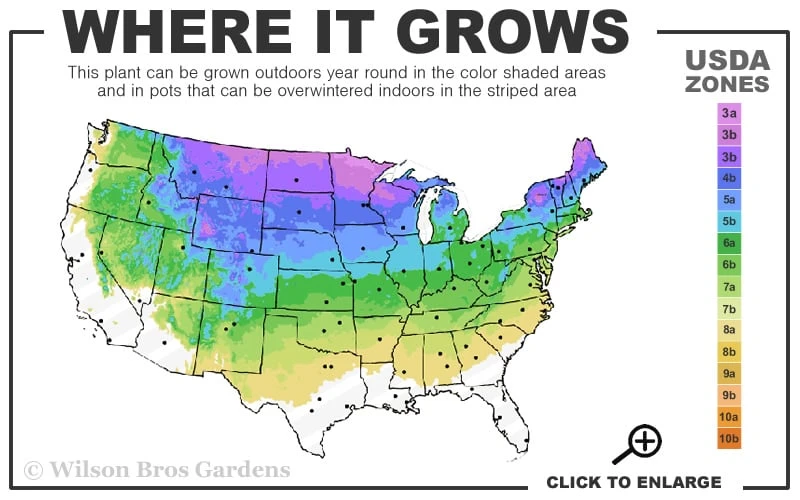
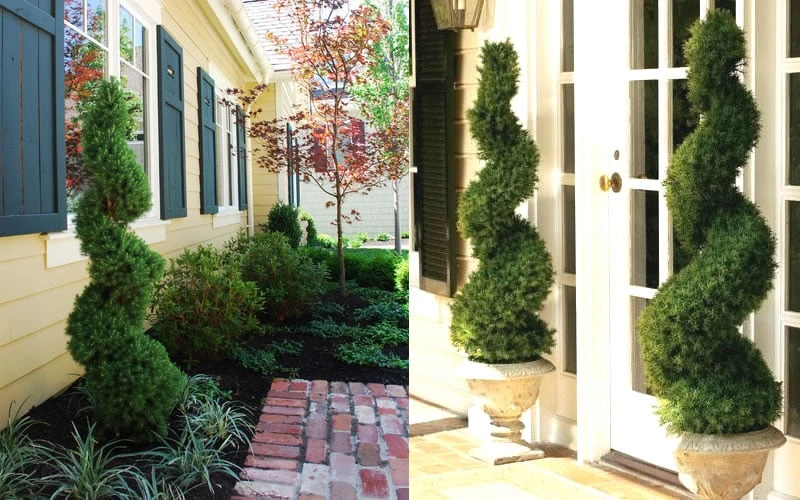

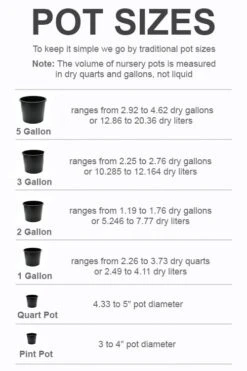
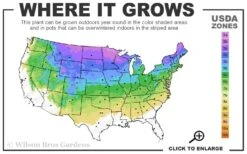



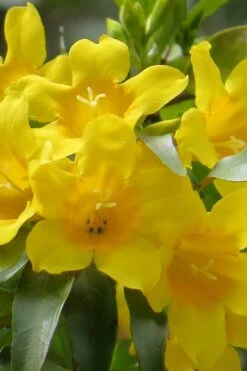
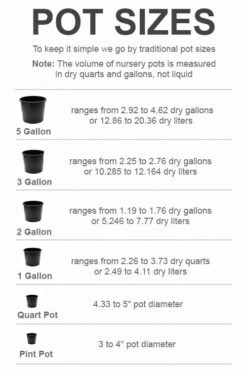

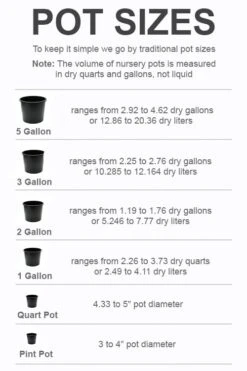



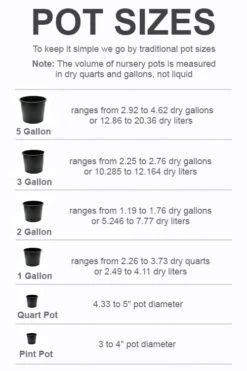

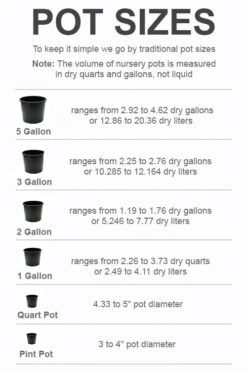

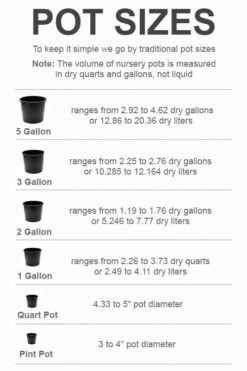

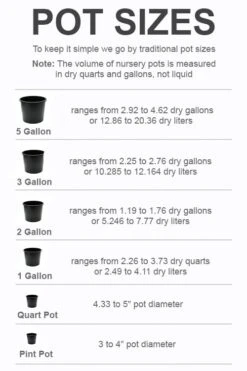
Reviews
There are no reviews yet.